[New] Agricultural Technologies in Modern Farming
![Cosmico - [New] Agricultural Technologies in Modern Farming](/content/images/size/w1200/2023/08/agricultural_farming_tech_2023_cosmico_business_tech_advice.jpg)
In recent years, the agricultural industry has witnessed a remarkable transformation driven by technological advancements.
Modern farming is no longer limited to traditional practices; it's embracing innovative technologies that enhance productivity, sustainability, and resource efficiency.
These agricultural technologies are revolutionizing the way we grow crops, manage livestock, and ensure food security for a growing global population.
Precision Agriculture: The Foundation of Modern Farming
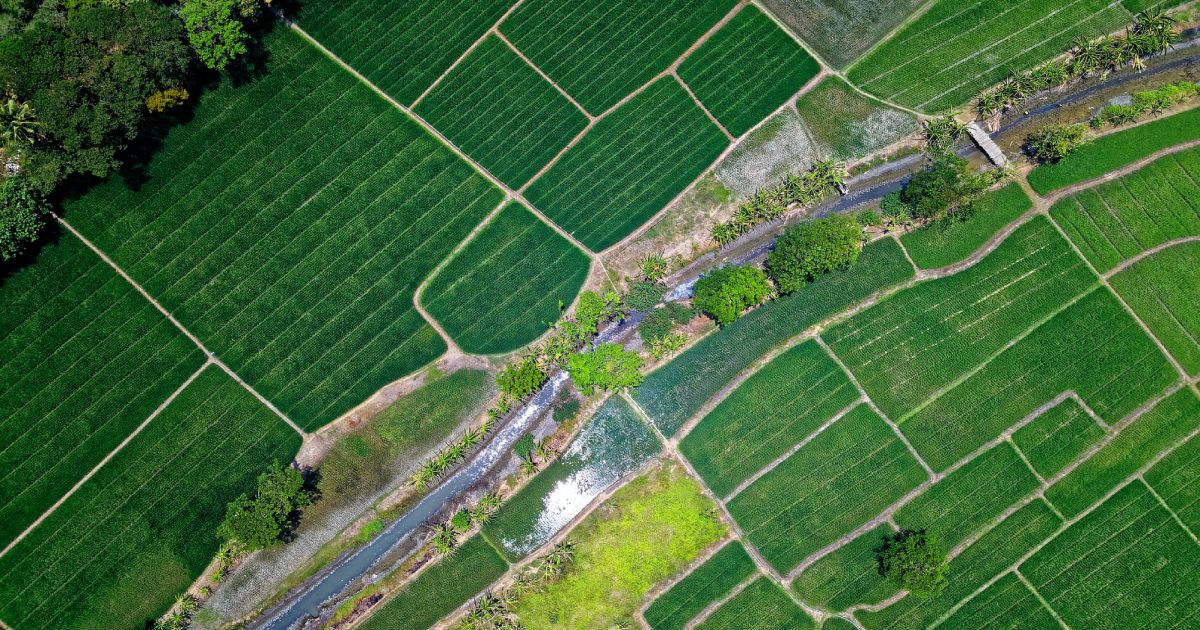
Precision agriculture stands as the bedrock of contemporary farming methodologies, harnessing the power of data-driven insights and cutting-edge technology to enhance diverse farming aspects like planting, irrigation, and fertilization.
By seamlessly integrating the power of Geographic Information Systems (GIS) with the navigational capabilities of the Global Positioning System (GPS), farmers are equipped with a potent toolkit that revolutionizes the way they interact with their land. The synergistic fusion of these cutting-edge technologies empowers farmers to embark on a journey of precision and optimization in their agricultural practices.
With GIS, they are able to construct intricate, data-rich maps that accurately delineate the topography and contours of their fields. This invaluable spatial insight is complemented by the real-time locational precision offered by GPS, enabling farmers to pinpoint their exact position within these fields. As a result, the convergence of GIS and GPS forms the bedrock for a holistic understanding of the land's features, characteristics, and potential challenges.
Armed with this granular knowledge, farmers can navigate the intricate nuances of soil conditions with unparalleled acumen. Each distinct zone within a field is meticulously analyzed, allowing for the customization of cultivation techniques that harmonize with the unique attributes of each area. This level of precision is pivotal in optimizing the allocation of vital resources such as water, fertilizers, and pesticides.
Gone are the days of blanket treatments that consume resources indiscriminately. Instead, the marriage of technology and agriculture ushers in a new era of targeted interventions, where resources are directed exactly where they are needed, avoiding unnecessary wastage and minimizing the environmental impact. This transformation ultimately leads to an amplification of crop productivity, as plants receive precisely what they require for optimal growth and health.
Drones and Remote Sensing: Eyes in the Sky
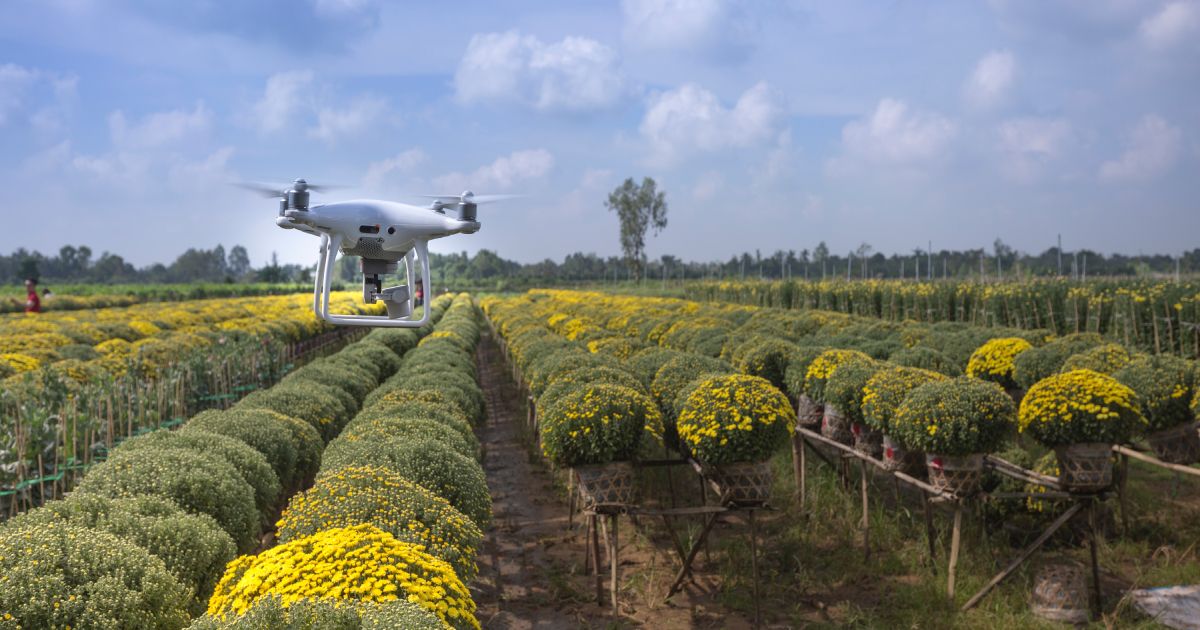
Unmanned aerial vehicles, commonly referred to as drones, are catalyzing a profound revolution within the agricultural landscape, offering farmers unprecedented aerial perspectives of their fields. Outfitted with sophisticated high-resolution cameras and sensors, these drones have the capability to meticulously monitor crop health, identify emerging pests and diseases, and gauge irrigation requirements.
By assimilating this wealth of data, farmers can make timely and well-informed decisions, fine-tuning their interventions and mitigating potential losses. These airborne insights allow for swift adaptations in cultivation practices, ensuring optimal crop conditions and yield potential.
In tandem with drones, the integration of remote sensing technologies and satellite imagery takes precision farming to an even higher echelon. This dynamic combination expands the accuracy and breadth of monitoring, enabling farmers to effectively manage extensive operations. Satellite imagery provides a panoramic view of large agricultural landscapes, unveiling patterns, trends, and variations that might otherwise go unnoticed. This comprehensive data fusion arms farmers with valuable insights into soil health, moisture distribution, and vegetation patterns, leading to refined decision-making.
Ultimately, the marriage of drones, remote sensing, and satellite technology is reshaping modern agriculture by offering an arsenal of tools that amplify productivity, bolster sustainability, and usher in a new era of data-driven farming practices.
IoT and Smart Farming: Connecting Fields and Livestock
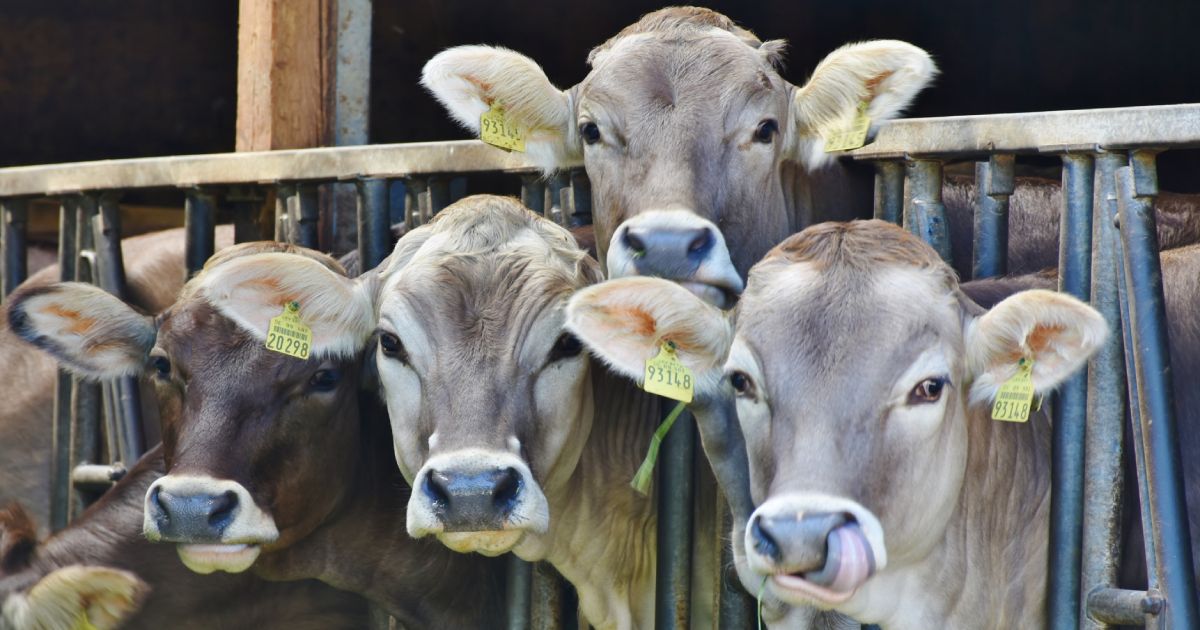
The Internet of Things (IoT) has ignited a profound transformation in the realm of agriculture, manifesting as the paradigm of smart farming. The cornerstone of this revolution lies in IoT devices—embedded sensors and actuators—dispersed across fields, machinery, and livestock to incessantly gather and relay real-time data. This data encompasses a broad spectrum of insights, ranging from soil moisture levels and ambient temperature to the behavioral patterns of livestock and the operational efficiency of machinery.
Leveraging these insights, farmers can remotely and promptly monitor these variables through smartphones or computers, enabling agile and data-driven decisions to optimize agricultural conditions. Beyond mere resource management, the advent of smart farming heralds numerous other benefits, including heightened animal well-being, a mitigated ecological footprint, and the cultivation of sustainable farming practices.
Furthermore, the application of IoT in agriculture transcends traditional boundaries by offering a constellation of intelligent solutions. For instance, soil moisture sensors enable farmers to administer precise irrigation, ensuring that crops receive just the right amount of water, thereby conserving resources and maximizing yields. The real-time monitoring of animal behavior empowers farmers to identify signs of distress or disease swiftly, thereby minimizing health risks and improving livestock care.
The interconnectedness of machinery through IoT facilitates predictive maintenance, as these devices can forewarn about potential malfunctions or inefficiencies, allowing farmers to preempt breakdowns and optimize machinery utilization. Collectively, IoT-driven smart farming exemplifies the symbiotic relationship between technology and agriculture, culminating in heightened productivity, resource efficiency, and sustainability across the farming landscape.
Vertical Farming and Controlled Environment Agriculture: Farming in Urban Spaces
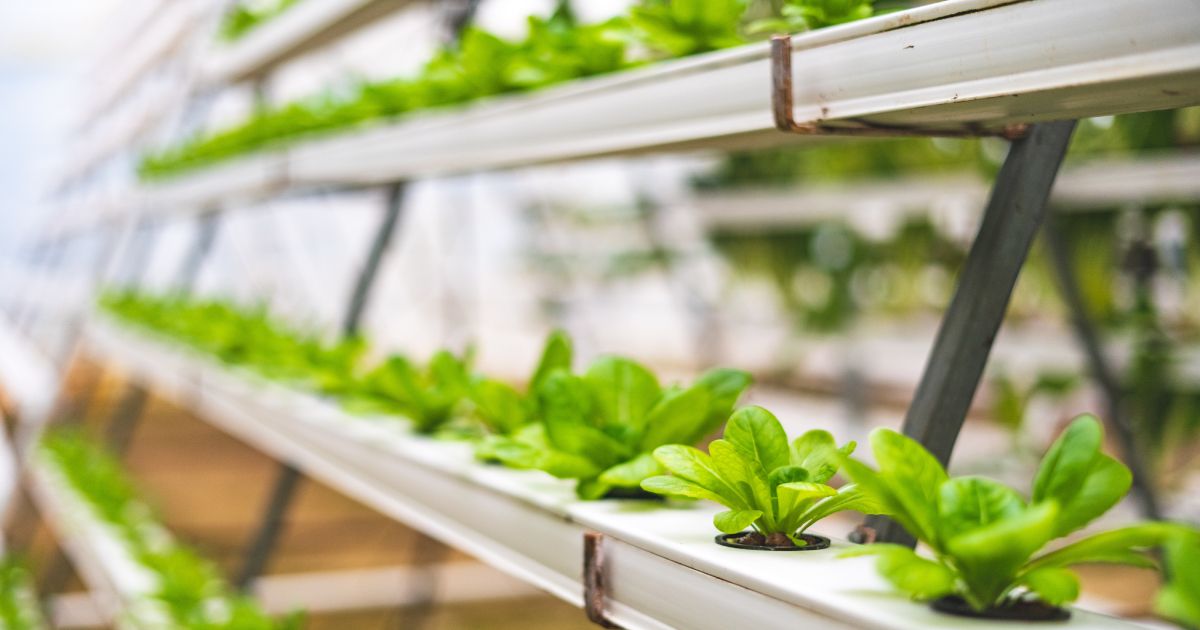
In response to the burgeoning challenges posed by urbanization and the diminishing availability of arable land, visionary farming methods have arisen, spearheaded by vertical farming and controlled environment agriculture (CEA). Vertical farming represents a paradigm shift in agricultural practices, capitalizing on the innovative concept of stacked crop layers within meticulously controlled environments, often situated in indoor facilities.
Employing cutting-edge LED lights and hydroponic systems, these farms can regulate environmental factors with precision, fostering optimal growth conditions for a diverse range of crops. The inherent advantages of vertical farming include year-round cultivation, irrespective of external climatic fluctuations, and the reduction of water consumption and reliance on conventional pesticides. This innovative approach presents a promising solution to the evolving dynamics of urban spaces, offering the potential to harvest fresh produce locally and sustainably, mitigating the impact of transportation and bolstering food security within densely populated regions.
Controlled Environment Agriculture (CEA) stands as a pioneering response to the mounting challenges facing traditional agricultural systems. By encapsulating crops within carefully tailored environments, CEA empowers growers to exert meticulous control over variables such as temperature, humidity, and lighting. This meticulous calibration eliminates the constraints of seasonal shifts and unpredictable weather, allowing year-round production of crops. Furthermore, CEA leverages advanced hydroponic and aeroponic systems to nurture plants without the need for conventional soil, thereby reducing water consumption and minimizing the application of chemicals.
Beyond its economic benefits, CEA aligns seamlessly with sustainability imperatives by reducing the ecological footprint associated with conventional farming practices. With the promise of optimizing land use, reducing resource consumption, and bolstering food security, the advent of CEA signifies a pivotal leap forward in modern agriculture's journey toward innovation and adaptation.
Robotics and Automation: A Labor-Saving Revolution
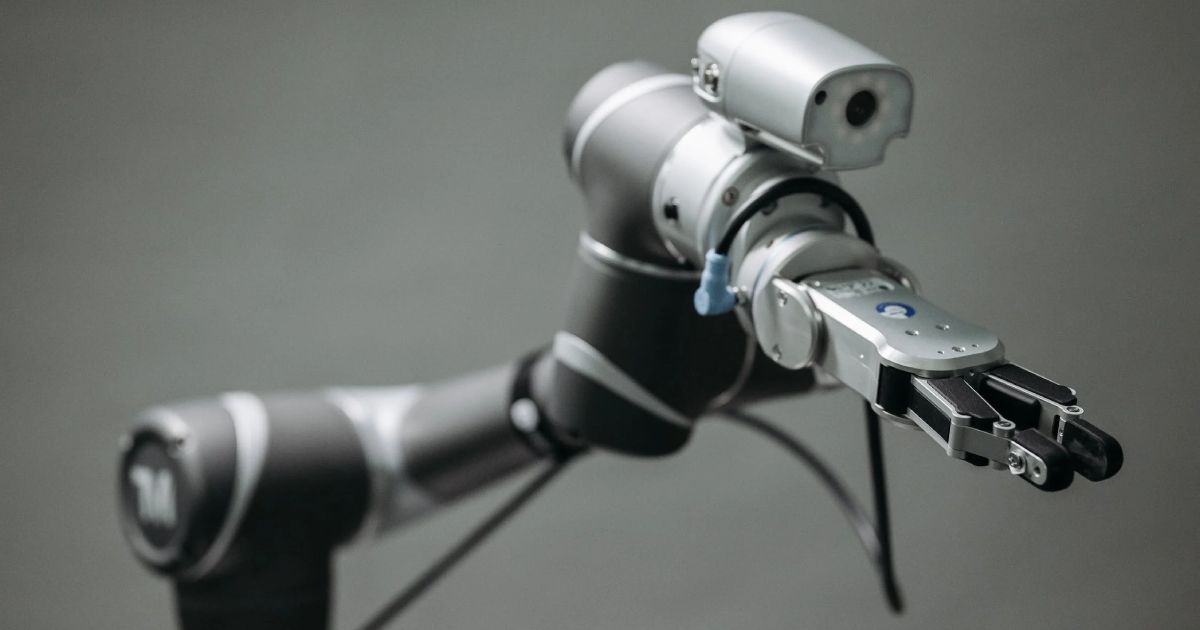
The fusion of robotics and automation within the agricultural realm is reshaping the landscape of traditionally labor-intensive tasks. This transformational shift is marked by the deployment of robotic systems that adeptly undertake critical activities including planting, harvesting, and weeding. Armed with pinpoint precision and remarkable efficiency, these robotic assistants operate with a degree of accuracy that surpasses human capabilities.
Additionally, the introduction of autonomous vehicles equipped with advanced sensors signifies a remarkable stride forward. Navigating fields autonomously, these vehicles are entrusted with multifaceted responsibilities that once necessitated human intervention. The outcome is a substantial reduction in labor demands, accompanied by heightened levels of accuracy, uniformity, and ultimately, enhanced crop yields.
These technological advancements hold profound implications not only for the agricultural sector but also for the global food supply chain. As the world's population continues to expand, the demand for agricultural produce surges in parallel. Robotics and automation represent a viable solution to addressing the impending labor shortages, particularly in the context of labor-intensive agricultural processes. These technologies are well-poised to mitigate the limitations imposed by human capacity and time constraints. As a result, agricultural operations can benefit from consistent, round-the-clock functionality, optimizing productivity and contributing to sustainable food production.
Final Thoughts
The intersection of technology and agriculture is ushering in a new era of sustainable and efficient farming practices. Precision agriculture, drones, IoT, vertical farming, and robotics are just a few examples of the diverse range of technologies transforming the industry.
These innovations not only address the challenges posed by a growing global population but also pave the way for environmentally conscious and resource-efficient farming.
As modern farmers harness the power of technology, the future of agriculture holds the promise of increased yields, reduced environmental impact, and a more secure food supply for generations to come.





